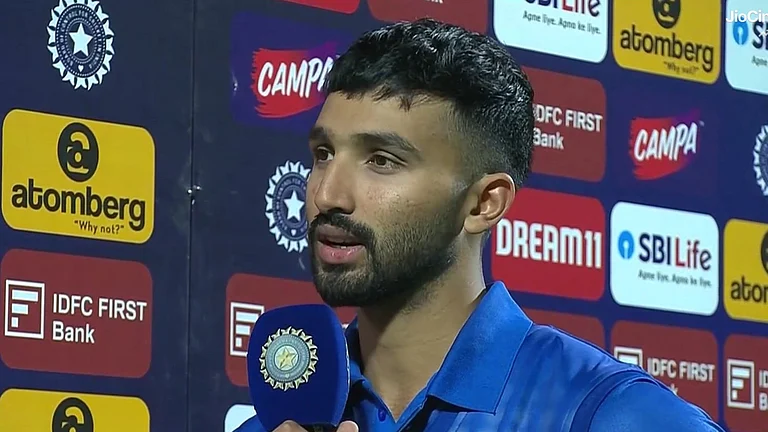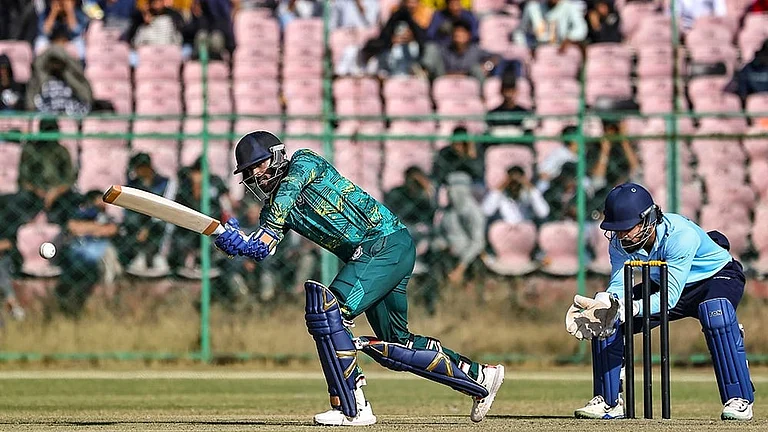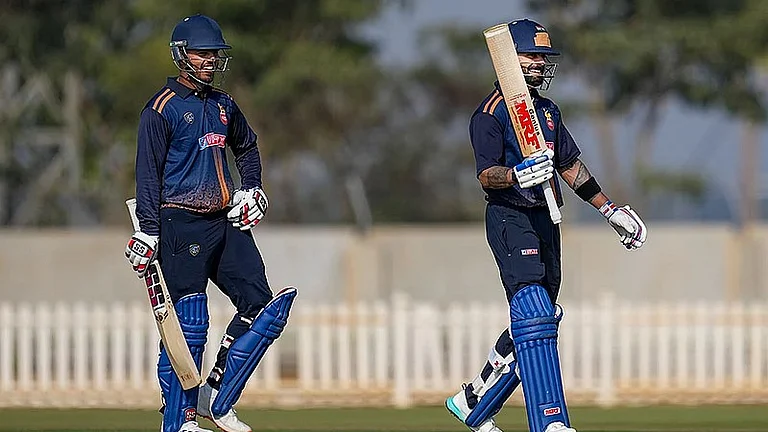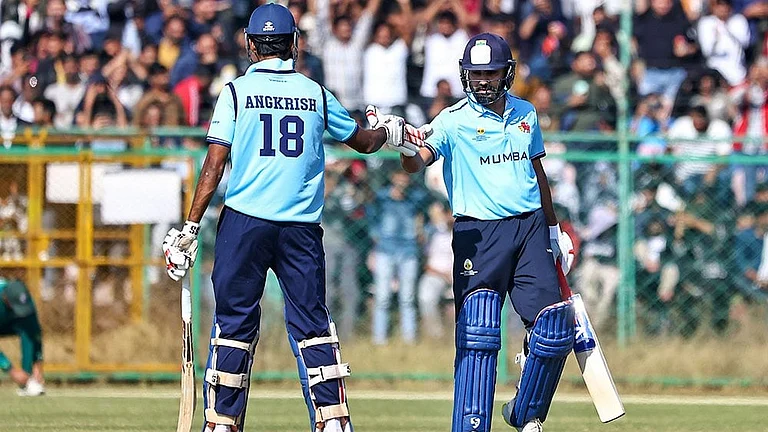I have never seen a better fielding effort in a one-day international. In fact, there was only one error: Pat Symcox, the South African off-spinner, fumbled with a drive at long-off and gave a second run away off the final ball of the 50 overs. Not that Hansie Cronje's side saved their best efforts for the matches against Test-playing countries in the tournament. They were equally tight against the UAE team. At no time, in no situation, do they hold anything back, however uneven the outfield, however flimsy the opposition.
By contrast, England gave a pitiable display against Holland in Peshawar, which involved some half-hearted groping for the ball that was running at them along the ground. England may think they can save their best for the big games, but that's not the way cricket is. The best fielders love fielding, want the ball to come their way and take delight in that specific skill, whoever is hitting the ball.
I have yet to mention the name of Jonty Rhodes. New Zealand knew of his reputation, but he still got his run-outs. Just over a year ago, I edited the official MCC coaching book and video, Masterclass . There are most revealing discourses in them by experts such as Richie Benaud, Richard Hadlee, Dennis Lillee, Geoff Boycott, Bishen Singh Bedi, Alan Knott, Ray Illingworth, David Gower, Vivian Richards and Jonty Rhodes. It was a joy to see Jonty demonstrate his skills on the smooth outfield at Lord's and hear him discuss them.
The man's always on the prowl: he longs for the ball to be hit near him. What does he think of next? Well, he keeps his eye on the ball until it's in his hand and works his way into an effective throwing position. "But there is a mechanism in my mind which is ticking over as I go through the basics: it is a timing device linked to the running bats-men and it tells me at which angle I must approach the ball, which hand I should use for the pick-up, which way I might have to turn, and how to throw in order to beat the clock and throw down the wicket before the bat slides into crease. There is no point in being able to send in great returns too late."
This is what occurred to me last week when he was fielding at point and darted off to his left before making a diving stop. He worked out that he had no time to regain his feet, so he half-turned and threw the ball from his knees. Time did not allow a full shoulder-turn for the throw or a full extension backwards of his throwing arm. He decided to throw the ball as if he was aiming a fast dart at the dartboard, with plenty of wrist but little arm, and from 20 yards or so broke the wicket. The bat was out by no more than two inches. In all, the movements of Jonty Rhodes from the time he moved to the moment the wicket went down were like those bursts of speeded-up chases from old silent movies. Each move was designed for speed.
The other moment of sheer brilliance came from Brian McMillan at slip. South Africa retain a slip much longer than others, though I suspect that Australia, especially if they use a lot of spin, will have Mark Taylor lurking behind the outside edge to Shane Warne. Roger Twose, New Zealand's left-hander, swung a positive bat at a fast-medium ball and saw his flying edge rise quickly between the wicket-keeper and first slip. McMillan, standing wide, leapt up to take the ball in both hands. Just the basics, but touched by the genius that keeps some great fielders relaxed even in the most tense situations.
In Masterclass, what did Vivian Richards say about slip-fielding? Specifically, he was asked if he adopted the classical crouch, knees bent and hands together in front—based on the theory that it's easier to be low down when fielding close and shoot up for a catch, rather than the other way round. His reply will always stay with me: "Don't get the body fixed, man. All I say is hang loose." Brian McMillan was certainly hanging loose.
The little teams will now go home and the pressures will rise. From the heat of the quarter-finals you'll see how a tight run-out or a sensational catch will change the tightest game. Argue Lara versus Tendulkar if you like, but the Man of the World Cup series may well be called Rhodes.


























